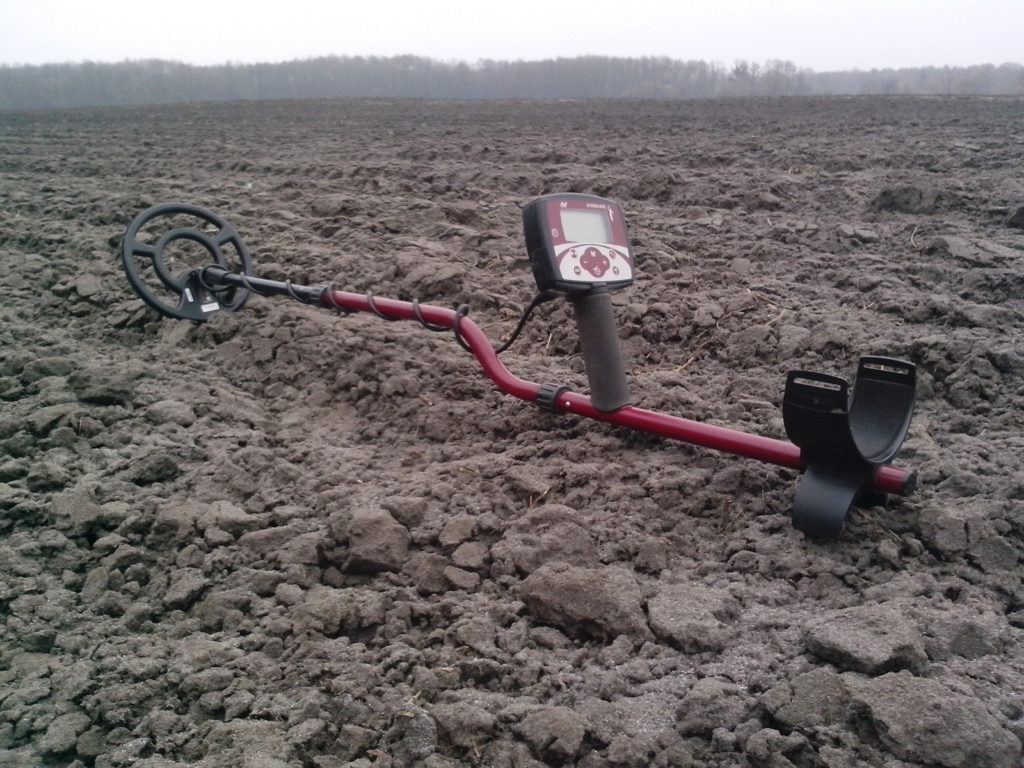Air test of Minelab X-Terra 305 for Roman silver (results+)
Many novice diggers want their first metal detector to be easy to operate and at the same time have good search performance. One such detector is the Minelab X-Terra 305. This device does not have complex settings, is stable and durable. But will an Australian metal detector be able to detect a valuable object that is 2000 years old? This is what we will try to figure out today.
The essence of the test is simple: we take an object, wave a standard 9-inch 7.5 kHz coil in front of it, enter the maximum range in the table.
 From valuable artifacts of the Roman Empire we will take a fibula, a buckle, a temple ring, a lunatic, a denarius. All objects are made of silver and a really good metal detector can find at least one.
From valuable artifacts of the Roman Empire we will take a fibula, a buckle, a temple ring, a lunatic, a denarius. All objects are made of silver and a really good metal detector can find at least one.
 The settings for Minelab X-Terra 305 are:
The settings for Minelab X-Terra 305 are:
- sensitivity – 10 (maximum);
- noise rejection – 0;
- threshold tone – 10;
- number of tones – 3;
- discrimination – disabled;
- battery charge – maximum;
- ground offset – 12.
We do a test by air – the data is in the table. And this is what we have:
| Test target | Detection depth in cm |
| fibula | 8 |
| temporal ring | 13 |
| buckle | 17 |
| lunar | 12 |
| denarius | 20 |
Conclusion. The X-Terra 305 with a standard coil also senses relatively deep silver Roman artifacts. With this Australian metal detector you won’t miss an ancient valuable item.
What else can you find with the initial Grater 305? Yes, anything — for example, these comrades picked up a Mosin rifle, maybe you will be lucky too?
